Description
Beginner’s Guide to IoT and Hardware Hacking – Learn IoT Security from the Ground Up
Beginner’s Guide to IoT and Hardware Hacking is the perfect starting point for anyone who wants to explore the exciting world of Internet of Things devices, embedded systems, and hands-on hardware security. This introduction is fully optimized to be used as your Meta Description, helping your WooCommerce product page attract more organic traffic from students searching for IoT hacking, microcontroller basics, and device exploitation skills.
Course Overview
This comprehensive course takes you from the basic principles of IoT architectures to practical hardware hacking techniques used by cybersecurity professionals worldwide. You’ll understand how IoT devices communicate, collect data, and interact with their environment. Then, step-by-step, you will dive into hands-on techniques that involve probing circuits, analyzing firmware, using debugging interfaces, and exploiting common vulnerabilities in embedded hardware.
What You Will Learn
- Fundamentals of IoT architecture, sensors, microcontrollers, and connectivity
- Introduction to Arduino, ESP8266/ESP32, and Raspberry Pi ecosystems
- Understanding communication protocols like UART, SPI, I2C, and MQTT
- Firmware extraction, reverse engineering, and analysis
- Hardware hacking tools: multimeter, logic analyzer, soldering tools, bus pirates, and debug interfaces
- Finding vulnerabilities in IoT devices and understanding attack vectors
- Securing IoT systems against common threats
- Real-world case studies and guided hands-on labs
Why This Course Matters
With billions of IoT devices deployed globally, the demand for professionals who understand how to build, analyze, and secure hardware is rapidly growing. This course bridges the gap between general cybersecurity knowledge and deep, hands-on IoT hardware security skills—making it ideal for beginners and aspiring ethical hackers. Whether you want to analyze smart home devices, explore embedded systems, or start a career in IoT cybersecurity, this course gives you the foundation you need.
Explore These Valuable Resources
Explore Related Courses
- IoT Training Collection
- Cybersecurity Courses
- Ethical Hacking & Pen-Testing Courses
- Electronics & Microcontroller Courses
- Fundamentals & Beginner Courses
Who Should Enroll?
- Cybersecurity beginners and aspiring ethical hackers
- Students interested in IoT, electronics, or hardware testing
- Developers who want to secure the hardware they build
- IT professionals expanding into IoT security
- Anyone curious about how devices work internally
Start Learning Today
If you’re ready to explore practical hacking, embedded systems, and real IoT security threats, this beginner-friendly course will guide you from zero experience to real hands-on confidence. Unlock your journey into the world of hardware, hacking, and cybersecurity with this powerful learning path.







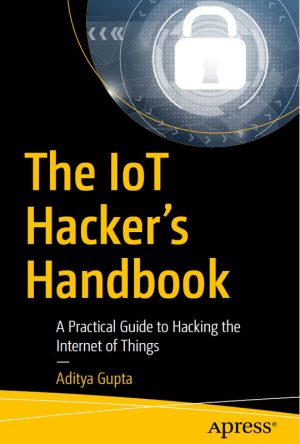
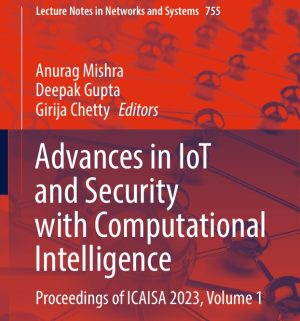
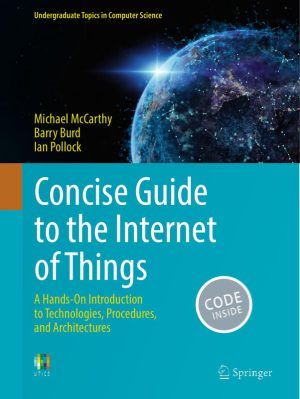

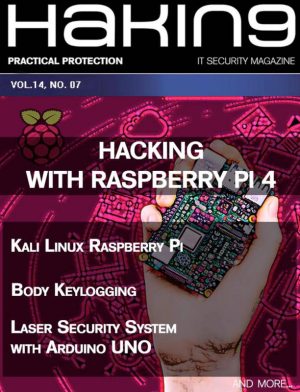


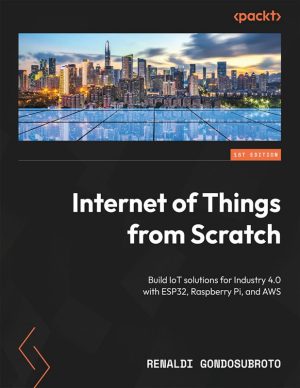








Reviews
There are no reviews yet.